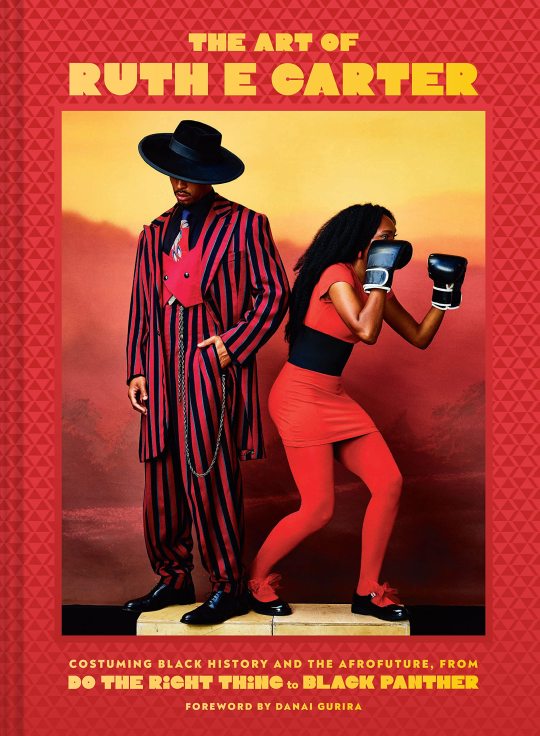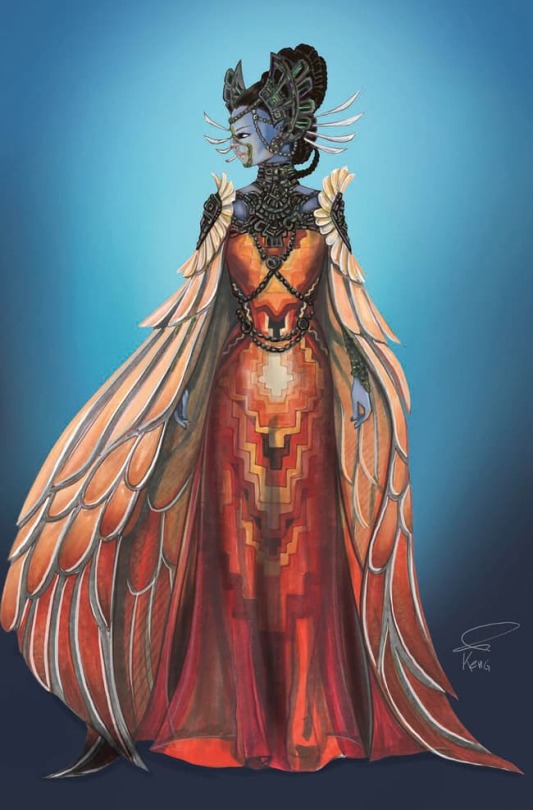#dye monograph
Explore tagged Tumblr posts
Text
Walnut Folklore
Juglan nigra

Ruled by ☉
⸙༄𓆤𓆩𓆪❁𓇢𓆸🏵
Contents:
Overview
Folklore
Uses in Witchcraft
Safety Notes
Conclusion
⸙༄𓆤𓆩𓆪❁𓇢𓆸🏵
Overview
The Black Walnut tree stands anywhere from 80-150 ft. tall with the trunks reaching 2-3 feet in diameter. You can find these magnificent trees in full sun, on the edge of forests. The bark is deeply furrowed and gray-black in color. The leaves are compound with 23 stemless oval and smooth leaflets. It flowers in spring, giving way to globular fruit that fully ripens in late summer (the nut).
The Black Walnut uses a process called allelopathy, which is a way in which a plant may protect itself. It releases sesquiterpenes to keep other plants away so it has none to compete with for growing space and resources.
You can gather the green unripe hulls and allow them to ripen in a bucket. Sometimes you will see maggots between the hull and the hard shell of the nut, these do not affect the nut meat. Once the hulls have blackened, they are easier to hull. Use a hammer to smash it open and a stiff brush to scrub away any extra. Wait for it to completely dry. Then smash open the shell with a hammer, and pick out the meat.
Europe has a different species of walnut to North America.
⸙༄𓆤𓆩𓆪❁𓇢𓆸🏵
Folklore

-The Witches of Benevento-
In Benevento, Italy, it is thought that witches from all over Europe celebrate their sabbats (getting there through spirit flight) under a walnut tree that was on the Sabato River bank. It is speculated that these legends stem from the Longobards who were said to hang goat or snake skins from the tree and then eat them to gain their powers.

-Appalachia-
According to Jake Richards' books, the walnut's "leaves are scattered about the house at sunset and left until morning, when they're swept out, to get rid of troublesome spirits" (Richards, pg. 170). He mentions that the hulls are also used to dye clothes, as I have found out on accident they work very well for.
⸙༄𓆤𓆩𓆪❁𓇢𓆸🏵
Uses in Witchcraft
Harvest some leaves or bark to use as a focus when hedge riding (another term for spirit flight) to the witches' meeting and asking for it to watch over you, or ask your local walnut tree for it's protection while you perform your own rites. If you have a spirit that just won't leave, gather some leaves and make them get out with a floor wash or carpet powder. The brave might use it in a smoke cleanse, however I do worry about nasal irritation.
If you're handy with clothing, you could use the hulls to dye your ritual clothes, or any other clothing you may have, for protection from wayward spirits. This is a wonderful book on natural dying.
If you're inclined to kitchen witchery, the nut meat itself is incredibly fragrant and I suggest making Nocino, walnut bread, or a walnut cake for protective purposes or an honorary food.
⸙༄𓆤𓆩𓆪❁𓇢𓆸🏵
Safety Notes
Not indicated for long-term use. The compound juglone, found in the juice of fresh walnut hulls, is considered a strong skin irritant and may cause itching or burning sensations (don't be like me, and wear gloves).
⸙༄𓆤𓆩𓆪❁𓇢𓆸🏵
Conclusion
The walnut is an overlooked tree, I swear it’s everywhere. It is marvelous and awe-inspiring when allowed to reach it's full potential. You can find my blog about talking with my local walnut guardian here. It works protection against spirits, chasing them, while also protecting your own spirit while out roaming the otherworld.
References:
Midwest Medicinal Plants by Lisa M Rose
The Herbal Academy's Intermediate Herbal Course Monograph
The Witches of Benevento, World Heritage Journeys
Backwoods Witchcraft by Jake Richards
Images:
Title image made on Canva with black walnut image provided by the Boston Public Library via Unsplash
The Walnut of Benevento, by Giuseppe Pietro Bagetti (1764-1831)
Perfect Appalachian Sunset, by Sean Foster on Unsplash
#witchblr#witchcraft#green witchcraft#plant magic#folkloric witchcraft#traditional witchcraft#walnut folklore
13 notes
·
View notes
Text
Monday MCU
ART OF RUTH E. CARTER

Brand new and just out now! A monograph of Ruth E. Carter's costuming work, including chapters on Wakanda Forever with pictures and sketches, including this one of Namora's dress.

From the Marvel.com article, an excerpt from the book.
ON THE DESIGN OF THE TALOKAN IN ��WAKANDA FOREVER”:
"The most challenging costumes were built for the Talokanil. I immersed myself in studying Maya culture. Not only were the Maya colonized, but also the research about them contained many misrepresentations, and sometimes they were erased from the history books all together. It was imperative that we work closely with our historian to check our work and learn about a civilization that contributed to the culture of Mesoamerica as we know it today. Through resources like the Dresden Codex and the Maya Vase Database, we learned that the Maya wore ceremonial garments and that there were leaders and families whom you could identify through their dress and adornment.
We learned that Maya traditional costumes included sheer fabrics, prints, jewelry, adornments, wraps of all types, and headpieces. There were specific elements we used to stay authentic to the culture, one of which was the ear spool. The ear spool, or flare, was made of jade and at times mimicked a flower. Worn on the ear, it was considered a pathway to the gods, and there’s hardly a Maya painting or sculpture without this detail. Using ear flares throughout the Talokanil’s costumes helped achieve the right look.
We also printed our own sheer fabrics using images seen on Maya vases, painted by different artists and depicting many true-to-life scenarios of the post-classic Mesoamerican period. The vases were so incredible; using imagery from them was a way to have Maya history present in the costumes, even if, once the fabric was made into a garment, the effect was more abstract. The colors and patterns created a beautiful palette.
Then I was inspired by the Jaina figurines—a set of clay sculptures excavated on a pre-Columbian archeological dig on an island off the Yucatán Peninsula. We studied the adornments on these figurines, and they presented a plethora of ideas for clothing, jewelry, and headpieces. The sculptures were a significant help in creating the look for an underwater society that lived parallel to their relatives on land.
I needed to blend the rich culture of the Maya with the fact that the Talokanil were an underwater civilization, thousands of years old. This created an additional layer of difficulty. Ancient Maya costumes were made of natural fibers, jade, shells, and clay. These elements needed to be mimicked and made of materials that could withstand being submerged in water for hours. As we had seen with M’Baku’s costume, costumes underwater can be beautiful, but understanding the dynamics of buoyancy and color refraction is necessary when designing them. Fabrics float up. Weights are sometimes required to achieve a desired effect. Chlorinated water and salt water both wreak havoc on fabric dyes.
Namor, brought to life by the wonderful Tenoch Huerta, was to wear a ceremonial headpiece and shoulder piece designed to reference the feathered serpent, a Maya deity that is seen repeatedly wrapping the bodies of nobles in Maya art. The serpent symbolizes life above and below the earth and is associated with the underworld. Namor’s neck ring also contains two feathered serpents that meet at the center front, greeting a large pearl with open mouths. The pearl represents the ocean. The neck-ring design was inspired by the pyramid at Chichén Itza (also called Kukulkan), which has a staircase with two feathered serpents descending on each side; at the base the two heads face a cenote. We modeled the headpiece first in clay. The feathers were made to resemble kelp and fish fins. The serpent was cast and painted gold with elements inspired by blue and green jade and mother-of-pearl. The blue stone in the headpiece was to represent Talokan’s vibranium."
#Namor#Sub-Mariner#Namora#MCU Namor#MCU Namora#Wakanda Forever#Book#Merchandise#Monday#Monday MCU#Behind the Scenes#Costume#Ruth E. Carter#MCU
29 notes
·
View notes
Photo

flawless
#got7#jaebeom#lim jaebeom#not by the moon#dye monograph#200507#dye#ep 3#bts#gif#mine#g:jb#nose piercing#my hope
892 notes
·
View notes
Photo









❅ Dye Monograph Moments ⇢ Episode III: Yugyeom delicately handling the baby bird and looking flawless while doing so.
#got7#got7 yugyeom#yugyeom#kim yugyeom#got7 gifs#got7 dye#dye monograph#dmngymgifs#era:dye#phodo#HE!!!!#his face lights up when she flutters and trusts him im crying p r o f u s e l y#demon#yugyeom got7
526 notes
·
View notes
Photo



귀염둥이💛💚❤️❣️💕💞💓💗💖💘💝
345 notes
·
View notes
Text
GOT7 MONOGRAPH <DYE> EP.01 JB
12 notes
·
View notes
Photo
🌙a prince for every day of the week🌙




seven princes 🤴
441 notes
·
View notes
Photo




🍑 -> 🌴 손하트 💓
#jj project#jjp#got7#jinyoung#jaebeom#park jinyoung#im jaebeom#got7 monograph#dye#not by the moon#mygif#g: jjp#p: jb#p: jy#well i miss them so here's some jjp moment from nbtm eraxD#500
1K notes
·
View notes
Photo




Youngjae ✧ "Dye" monograph EP.04
336 notes
·
View notes
Photo










32 notes
·
View notes
Photo


GOT7 MONOGRAPH "DYE" EP.04 - JB
235 notes
·
View notes
Photo









like or reblog.
#icons#jackson#wang#jacks#jackson wang#wang jiaer#wang jia er#got7#got7 jackson#Brown hair#lq#screenshot#screencaps#videos#video#monograph#dye#icons jackson#icons jackson wang#jackson icons#jackson wang icons#got7 icons#icons got7#not by the moon
31 notes
·
View notes
Video
youtube
fuckyeahchoiyoungjae:
GOT7 MONOGRAPH "DYE" EP.02
source: GOT7
#got7#youngjae#choi youngjae#mark#jb#jaebeom#park jinyoung#jackson#bam bam#yugyeom#got7 dye monograph#era: DYE
7 notes
·
View notes
Photo







dye monograph - ep 3
#got7#ot7#not by the moon#dye#dye monograph#200507#7 or never 7 or nothing#bts#gif#mine#g:ot7#g:mk#g:jb#g:jk#g:jy#g:yj#g:bb#g:yg
297 notes
·
View notes
Photo


❅ Dye Monograph Moments ⇢ Episode IV: Deadly!Jaebeom
#got7#got7 jaebeom#im jaebeom#jaebeom#got7 gifs#jaebeom gifs#era:dye#got7 dye#dmngymgifs#got7 monograph#bum
3K notes
·
View notes
Text
index: monograph — dye
era: not by the moon eng subs: yes!
[hover for links]
episode 1— [youtube] / [vlive]
episode 2— [youtube] / [vlive]
episode 3— [youtube] / [vlive]
episode 4— [youtube] / [vlive]
0 notes